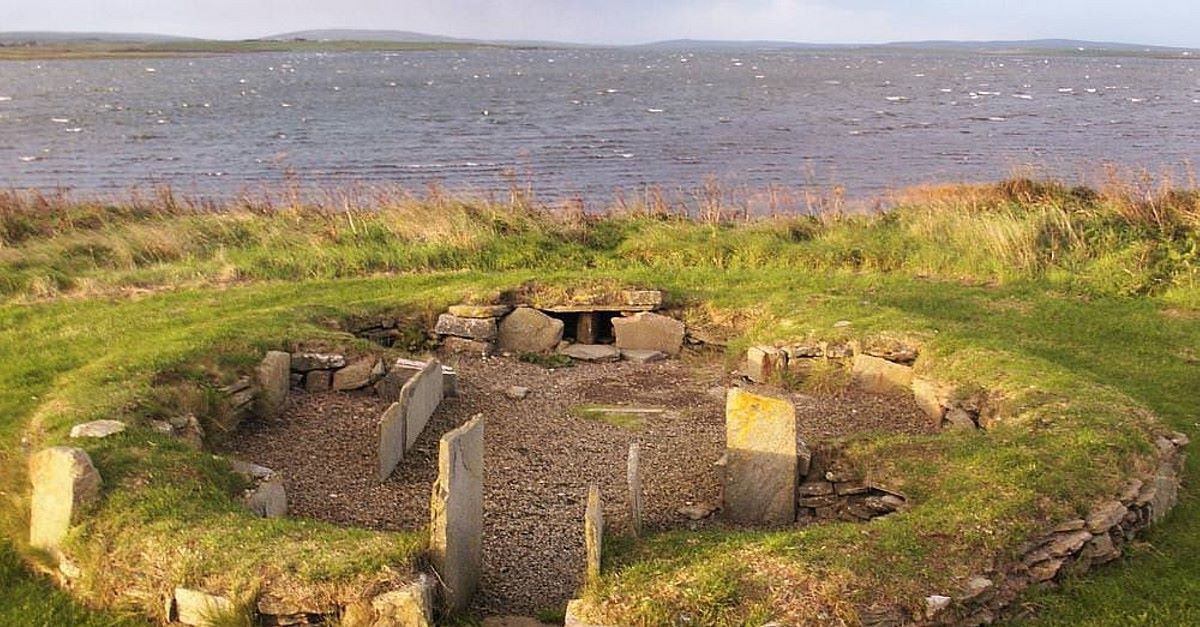
Ever wondered what life was like for Neolithic people? These ancient folks, living around 12,000 years ago, were pioneers in many ways. They transitioned from hunting and gathering to farming, which changed everything. Imagine going from chasing wild animals to growing crops in your backyard! They also started building permanent homes, creating the first villages. Neolithic people were the original DIY enthusiasts, making tools from stone and bone. They even began domesticating animals, turning wolves into man's best friend. Curious about their daily lives, inventions, and more? Let's dive into 20 fascinating facts about these early innovators!
Who Were the Neolithic People?
Neolithic people, also known as New Stone Age people, lived during a period when humans began to transition from nomadic hunter-gatherers to settled agriculturalists. This era marked significant advancements in technology, culture, and society.
- The Neolithic era began around 10,000 BCE and lasted until approximately 2,000 BCE.
- Neolithic people were among the first to practice agriculture, growing crops like wheat and barley.
- They domesticated animals such as sheep, goats, and cattle for food, clothing, and labor.
- Permanent settlements were established, leading to the development of villages and towns.
Neolithic Tools and Technology
The Neolithic era saw remarkable advancements in tools and technology, which greatly improved daily life and productivity.
- Stone tools became more sophisticated, with polished axes and sickles used for farming.
- Pottery was invented, allowing for better storage and cooking of food.
- The wheel was developed, revolutionizing transportation and trade.
- Neolithic people built megalithic structures like Stonehenge, showcasing their engineering skills.
Social Structure and Community Life
As Neolithic people settled into permanent communities, their social structures and ways of life evolved significantly.
- Social hierarchies began to form, with leaders or chiefs emerging to organize and govern communities.
- Trade networks expanded, allowing for the exchange of goods, ideas, and technologies.
- Art and craftsmanship flourished, with intricate pottery, jewelry, and textiles being produced.
- Religious practices became more complex, with rituals and ceremonies often centered around fertility and nature.
Neolithic Diet and Nutrition
The shift to agriculture had a profound impact on the diet and nutrition of Neolithic people.
- Their diet included a variety of grains, legumes, fruits, and vegetables.
- Meat from domesticated animals supplemented their plant-based diet.
- The introduction of dairy products like milk and cheese provided additional nutrition.
- Food storage techniques, such as drying and fermenting, helped preserve surplus crops.
Health and Lifestyle
The Neolithic lifestyle brought both benefits and challenges to health and well-being.
- Settled life reduced the risks associated with constant movement and hunting.
- However, living in close quarters led to the spread of infectious diseases.
- The reliance on a limited number of crops sometimes resulted in nutritional deficiencies.
- Despite these challenges, Neolithic people lived longer and healthier lives compared to their Paleolithic ancestors.
The Last Word on Neolithic People
Neolithic people were pioneers of agriculture, transforming human society. They built permanent homes, cultivated crops, and domesticated animals, laying the groundwork for modern civilization. Their innovations in tools, pottery, and weaving showed remarkable ingenuity. Social structures became more complex, with evidence of trade and communal living. They also had spiritual beliefs, as seen in burial practices and megalithic structures like Stonehenge.
Understanding their way of life helps us appreciate the roots of our own. Their advancements in farming and community living were monumental. They weren't just surviving; they were thriving and innovating. These early humans set the stage for future generations, making them a crucial chapter in human history. Their legacy lives on in the foundations of our modern world.
Was this page helpful?
Our commitment to delivering trustworthy and engaging content is at the heart of what we do. Each fact on our site is contributed by real users like you, bringing a wealth of diverse insights and information. To ensure the highest standards of accuracy and reliability, our dedicated editors meticulously review each submission. This process guarantees that the facts we share are not only fascinating but also credible. Trust in our commitment to quality and authenticity as you explore and learn with us.


